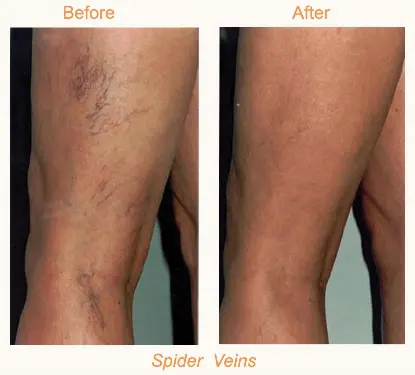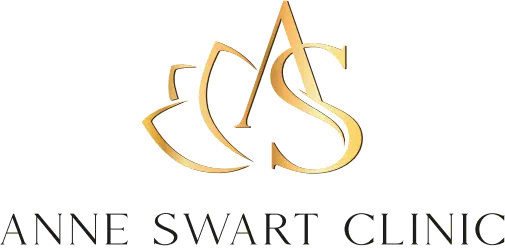Spider Vein Treatment
In some people, spider veins – those small clusters of red, blue, or purple veins that appear on the face, thighs, calves, and ankles – become noticeable at a young age. For others, the veins may not become obvious until much later.
A number of factors may contribute to the development of spider veins in the legs, including:
- Heredity
- Hormonal shifts
- Occupations or activities that require prolonged sitting or standing
- Pregnancy
- Weight fluctuation

There are effective, safe and relatively painless methods available for reducing spider veins. Your spider vein treatment procedure may include the following steps:
Injection
The common method of treating spider veins in the legs and ankles is called sclerotherapy. During treatment, a sclerosing solution is injected into the affected veins. The injection irritates the inside of the vein, and over time the vein will collapse and fade from view. If you have multiple spider veins, the treatment will require multiple injections to collapse all the veins. Bright light and magnification may be used to ensure maximum precision while injecting the sclerosing solution. After treatment, the area may be dressed with compressive tape or stockings, or an elastic wrap for a period of time. The veined area often looks a bit bruised initially, and the color slowly fades over the course of a few weeks. Some people can have a bit of brownish discoloration (hyperpigmentation) occur to the area during the healing process. This hyperpigmentation fades as well, but may take months.
Laser treatment
Spider veins may also be treated with a laser. In this method, an intense beam of light is directed at the spider vein, which obliterates it through the skin. More than one laser session may be needed to obtain the desired results. Sometimes, laser therapy is used in combination with sclerotherapy.





